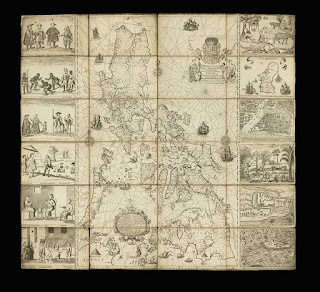The History of Victorias (Philippines) - CHAPTER 4: CAPITANA TUTANG AND NUESTRA SEÑORA DE LAS VICTORIAS (BEFORE 1880)

During the last decades of the Spanish rule, Malihaw, as the village of Daan Banwa was called (read about the old names of Victorias in Chapter 22), grew and prospered with its inhabitants coming from the neighboring areas like Saravia, Manapla, and even from Panay Island. In the 19th century, migration from Panay Island to the Negros Island was not only common; it was encouraged so as to populate the island with industrious hands and fortune-seeking people. Even the former Victorias mayors Sr. Esteban Jalandoni and Don Felix Montinola were from Iloilo. From Iloilo, the former moved to Bacolod, while the latter moved to the town of Saravia (now E.B. Magalona). Don Felix was born in Jaro, Iloilo, in 1864 but moved to Saravia in the 1890s (or earlier) with two of his unmarried sisters. In 1897, he married the daughter of Saravia's mayor (no less!). Even some of the revolutionary Ilonggo fighters, who once fought against Spain, came to Negros Island to fight against the Americ...




